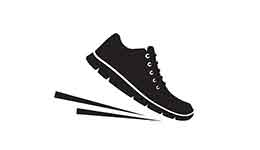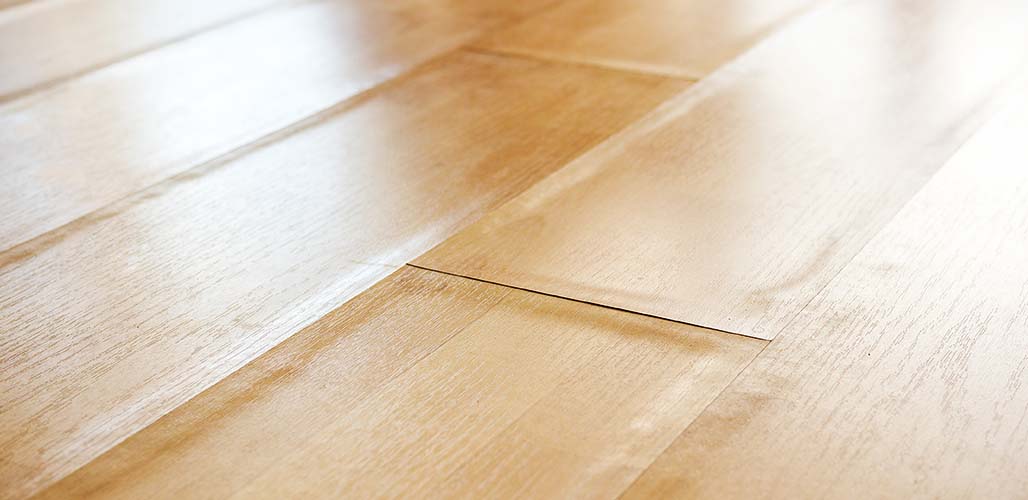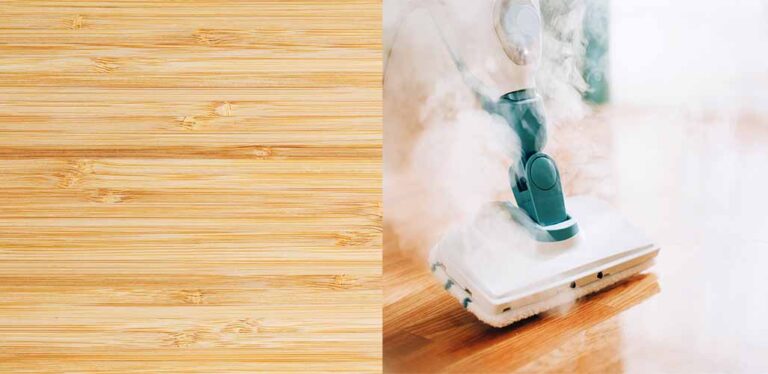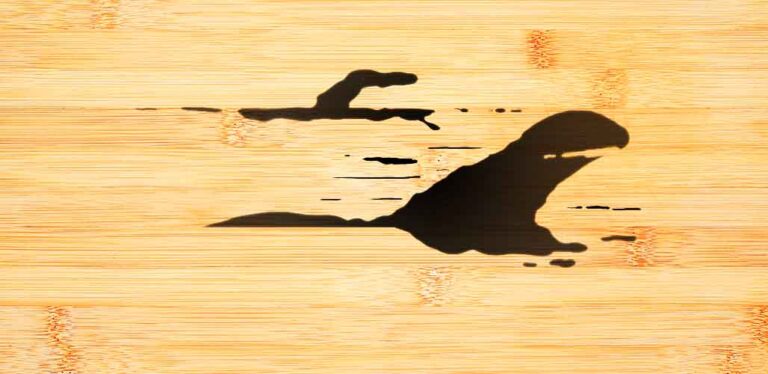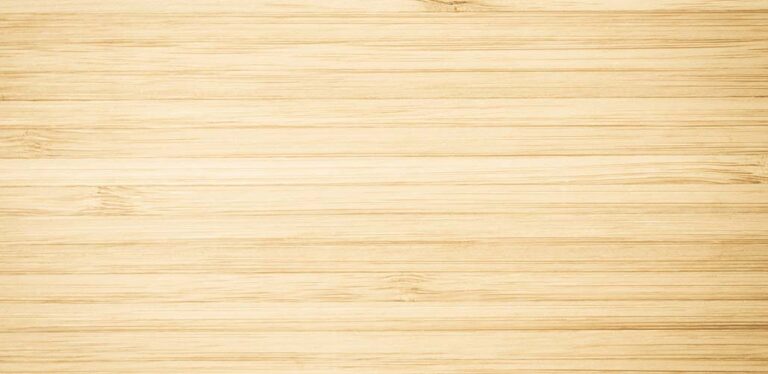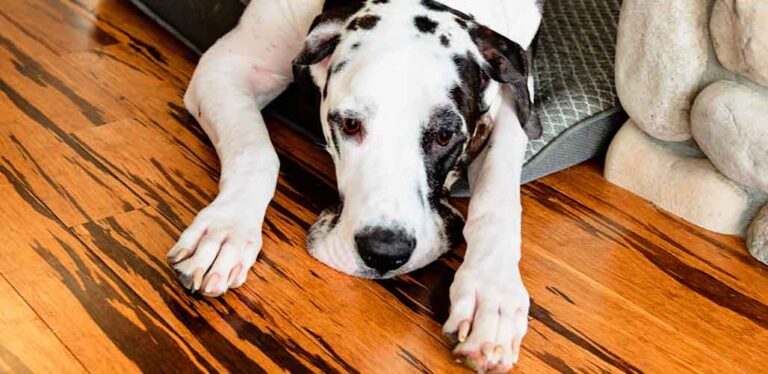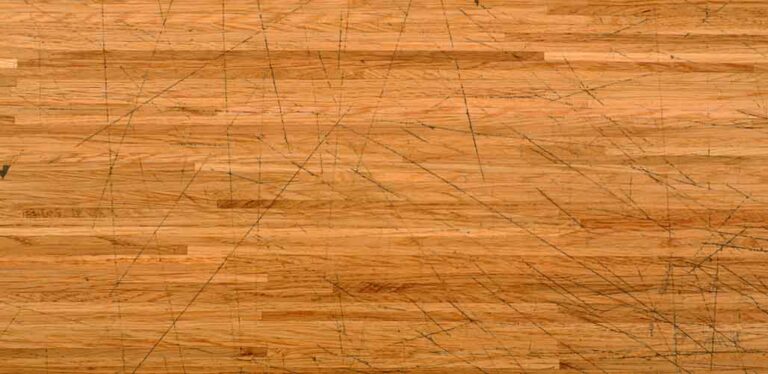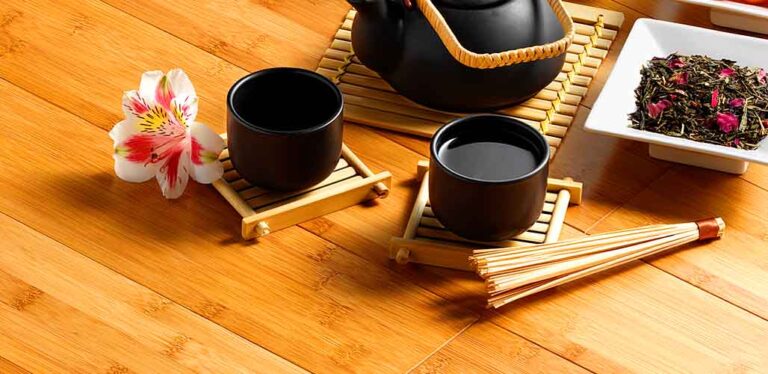Why Is My Bamboo Flooring Buckling?
Why is my bamboo flooring buckling? Bamboo flooring is one of my favorite options to balance a classy aesthetic with longevity and resistance to wear and tear. Bamboo is eco-friendly and doesn’t pollute the environment, contain chemicals or succumb to humidity. But bamboo flooring has some issues of its own. Especially when the flooring buckles. In this guide, I’ll take a closer look at why bamboo floors can buckle and how to fix this problem, so you can get your floorboards looking as good as they once did!
Contents
- What is bamboo flooring?
- Why is my bamboo floor buckling?
- How to fix bamboo flooring that is buckling
- Preventing bamboo floors from buckling
- How long do bamboo floors last?
What is Bamboo Flooring?
When given a choice between hardwood flooring and bamboo flooring, more and more people are choosing bamboo. It’s more sustainable, durable, and cost-effective than other hardwood flooring options. As grass that grows mainly in China, bamboo is cut into strips, dried out, and turned into hard planks for floors. It has a higher tolerance to humidity and temperatures than traditional floors. Additionally, bamboo flooring can either retain its natural color or it could be carbonized to create various shades of brown.
Bamboo comes in different styles, types, and colors. The three main types are:
- Vertical Bamboo: Vertical bamboo has the strips glued together vertically. The planks have a more uniform design and the grains of the bamboo are harder to detect.
- Horizontal Bamboo: Here the strips are glued together horizontally creating plants with more bamboo grains spread across the surface. It has a more natural look than vertical bamboo.
- Woven Bamboo: This hard bamboo flooring is made by weaving strands of bamboo then treating them with high temperatures to create the smooth planks.
Why is my Bamboo Flooring Buckling?
Bamboo is designed to withstand temperature fluctuations and changes in humidity. But sometimes, the flooring starts to buckle despite your best efforts to maintain it and keep it in a good condition. There are 5 main reasons why bamboo floors will buckle. Let’s take a look at those next.
1. Damp Subfloor
The subfloor, often called screed, plays a major role in the stability and longevity of bamboo flooring. If the subfloor is wet or damp before the bamboo is laid, this moisture will be trapped and absorbed over time which causes the bamboo flooring to warp and buckle.
2. Warped Subfloor
The subfloor has to be level to prevent the bamboo from buckling. If the subfloor is not level and smooth, the bamboo will be prone to damage, warping, and cracking no matter how hard it is.
3. Lack of Expansion Gaps
When installing bamboo, the technician accounts for expansion and leaves a gap to allow the bamboo to expand when it rests. The lack of such space causes the planks of bamboo to push against the walls, doorways, and edge of other floorings and buckle as they expand.
4. Spillage
When you spill liquid on the bamboo floor and don’t dry it off quickly, the bamboo planks absorb the moisture and expand. Since they are glued together, the wet planks expand more than the dry ones which causes them to warp.
5. Poor Maintenance
Like other hardwood floorings, bamboo requires constant maintenance and care to prevent dents and scratches which could turn into cracks and warps in the floor.
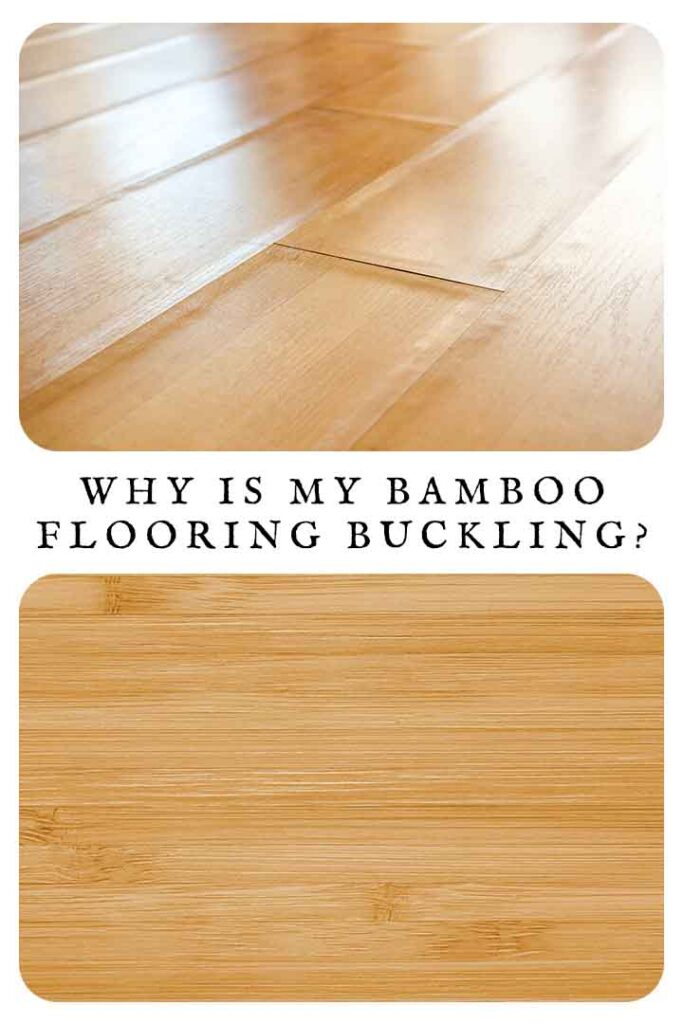
How to Fix Bamboo Flooring Buckling?
If prevention is better than cure, bamboo flooring would really benefit from this platitude. Rather than trying to fix a warped, dented, or buckling bamboo flooring, it’s much easier and more cost-effective to just prevent the floor from buckling in the first place. But if the bamboo warps for no fault of yours, there are procedures to help you fix the problem and regain the smooth and even look of the bamboo.
1. Reduce Humidity
If humidity is what’s causing the bamboo flooring to warp, then you need to find out the source of humidity and whether it’s coming from above or below the flooring. Liquid spillage on the flooring is often the culprit for increased humidity, but it can also come from the basement under the floor.
Dry out any spillage as soon as it happens, before the bamboo planks absorb the moisture. You can also use a dehumidifier to reduce the humidity levels in the room or in the basement under the floor. Adjust the humidity levels and bring them down below 50 percent with the spread between daytime and nighttime humidity to no more than 10 percent. While the humidity is being adjusted, weigh down the warped bamboo planks with heavy cans of paint or other solid objects to prevent the warping from becoming permanent.
2. Make Expansion Gaps
If the bamboo is warping because of a lack of expansion gaps, then you would have to make the expansion gaps yourself. Here’s how to do it in a nutshell.
- Remove the boards lining the base of the walls in the room to reveal the edge of the bamboo flooring.
- Use a pencil and a ruler to mark a cut line about ⅜ of an inch wide from the edge of the flooring.
- Cut the bamboo flooring with a chisel and hammer following the marked line you made in step 2. Make sure not to cut the subfloor.
- Use the edge of the chisel to pry up the cut edge of the bamboo flooring.
- Replace the boards on the base of the walls to cover the imperfections in the floor cutting.
3. Replace the Warped Planks
More often than not warping or buckling only happens to one or two bamboo planks leaving the rest of the floor in good condition. But those bucking planks can ruin the whole look and functionality of the floor. If the damage is caused by the subfloor itself, then you need to remove the damaged planks, fix the subfloor then install new bamboo planks to replace the damaged ones.
Unless you have plenty of experience in installing bamboo flooring, it’s recommended that you leave this job to the professionals. It’s usually a one-day job and could take as little as a few hours as long as the replacement bamboo planks are available.
How to Prevent Buckling Bamboo Floors
As I’ve already mentioned, it’s better to prevent buckling in the first place than to wait until it happens and try to fix it. This isn’t always possible, but here are my top tips for preventing any buckling in your bamboo floors:
- Choose high quality bamboo flooring.
- Do your research if you are installing the floor yourself, to ensure you make no mistakes, or choose a good quality professional with excellent reviews on laying bamboo floors.
- Leave expansion gaps for newly laid bamboo floors.
- Avoid laying bamboo floors in damp rooms.
- Clean up any spills as quickly as possible.
- Replace warped planks before they ruin the rest of your floor.
- Invest in a dehumidifier.
How Long Do Bamboo Floors Last?
On average, bamboo flooring can last anything from 20 to 25 years. Woven bamboo flooring lasts longer than either vertical or horizontal bamboo due to the woven texture and the heat treatment that make the planks sturdier and less prone to cracking. Maintenance also plays a major role in extending the life of bamboo floors. If installed properly with adequate extension gaps and ideal humidity conditions, then bamboo floors could last up to 50 years.
Why is my Bamboo Flooring Buckling?
Fluctuating humidity levels along with spillage often cause bamboo floors to warp and buckle. Poor installation can also cause the problem especially when expansion gaps have not been accounted for. Use a dehumidifier to keep the humidity levels under 50 percent and keep the difference between high and low humidity to less than 10 percent.
More Bamboo Flooring Care Tips
- Can bamboo floors cope with dogs?
- What’s scratching my bamboo flooring?
- Fixing dull bamboo planks
- My bamboo flooring is separating
- Can I clean my bamboo floors with a steam mop?
References
- Zeng, Y. (et al). ‘Environmental Impact of Bamboo Laminated Flooring and Bamboo Scrimber Flooring Investigated via Life Cycle Assessment’. Bio Resources (2019)
- Nguegang Nkeuwa, W. (et al). ‘Bamboo-Based Composites: A Review on Fundamentals and Processes of Bamboo Bonding’. Composites Part B: Engineering (2022)
- Shen-Xue, J. (et al). ‘On Structure, Production, and Market of Bamboo-Based Panels in China’. Journal of Forestry Research (2002)
- Manandhar, R. (et al). ‘Environmental, Social and Economic Sustainability of Bamboo and Bamboo-Based Construction Materials in Buildings’. Journal of Asian Architecture and Building Engineering (2019)
